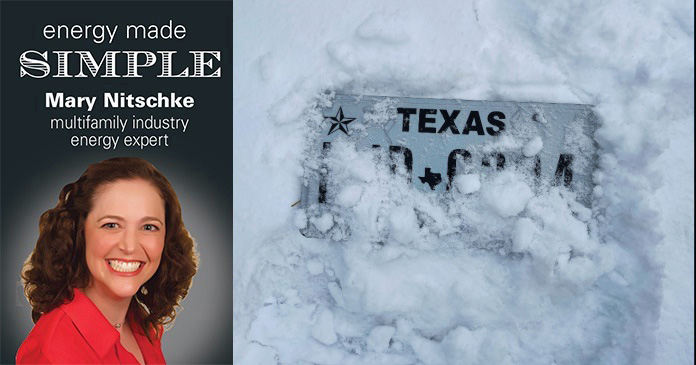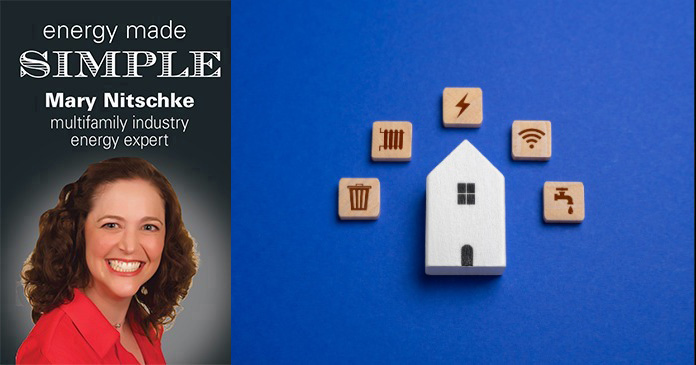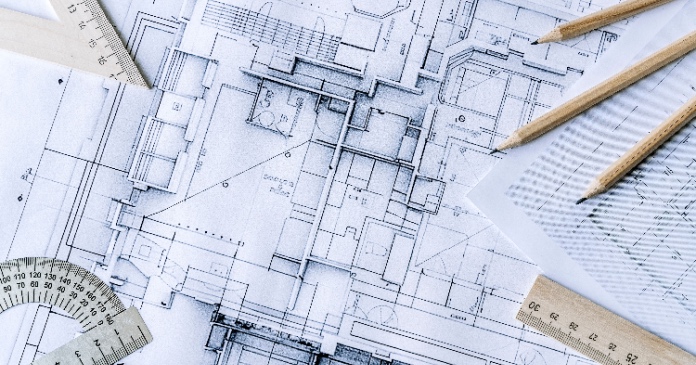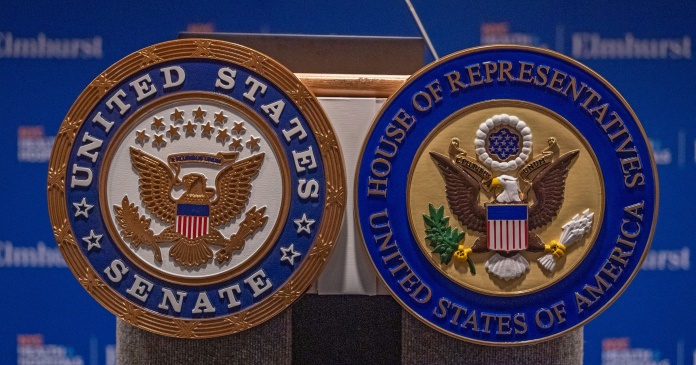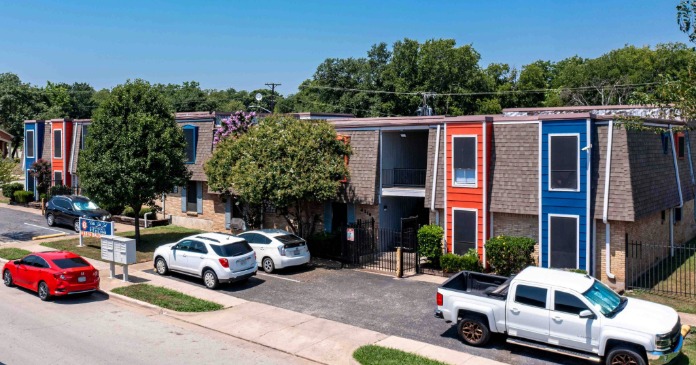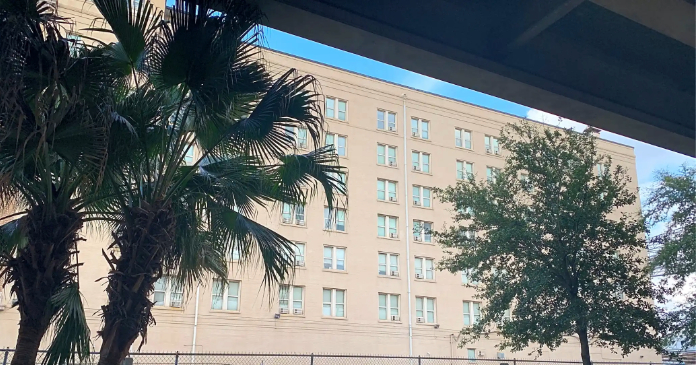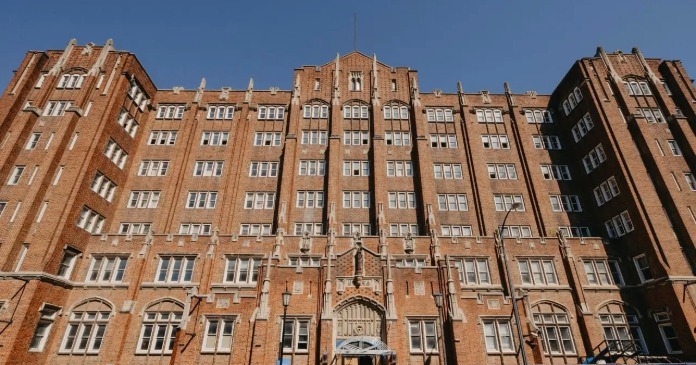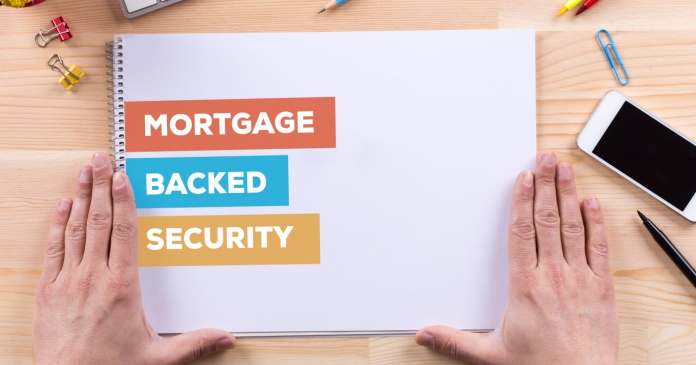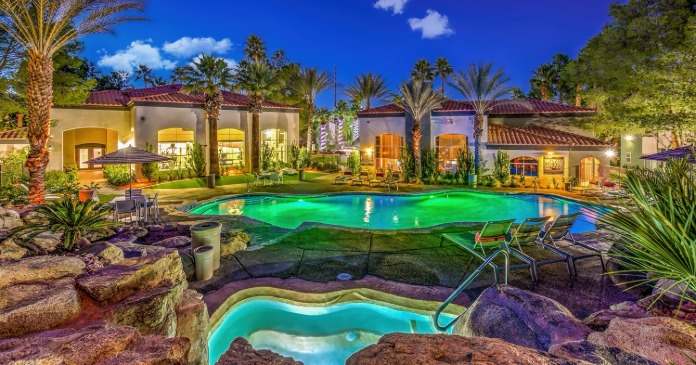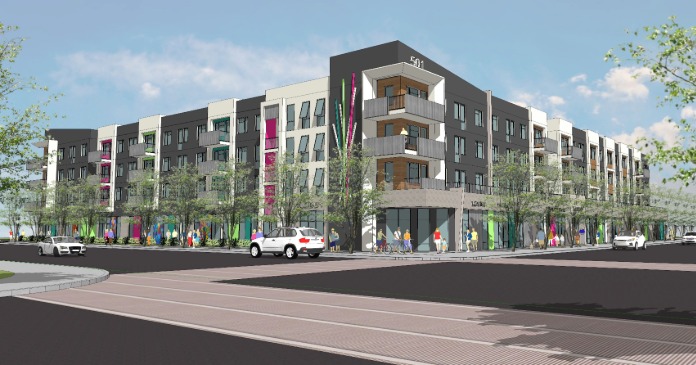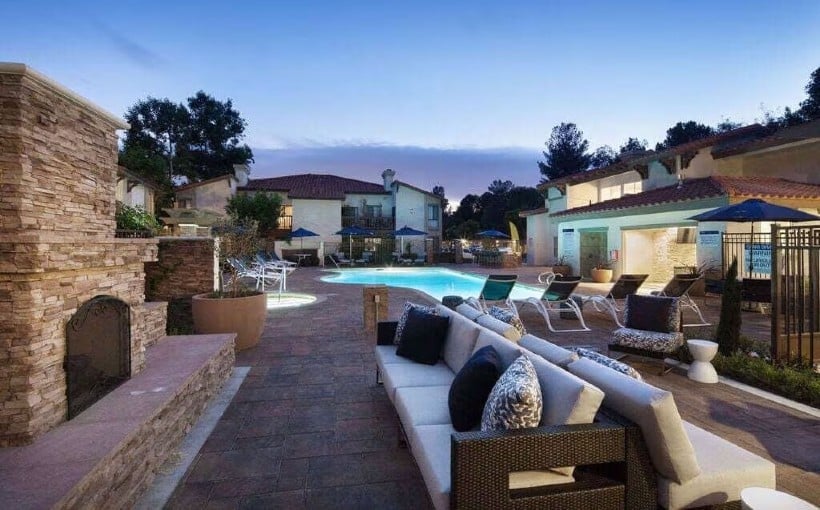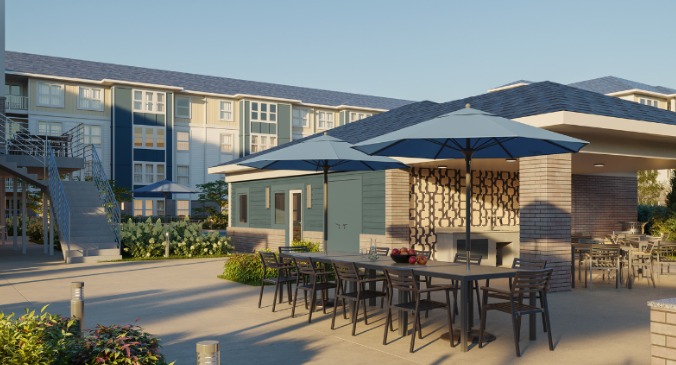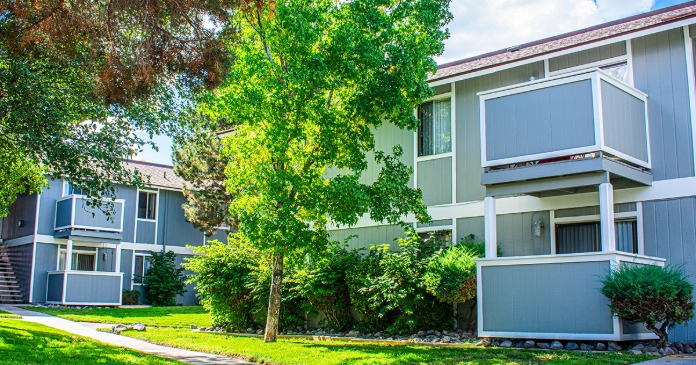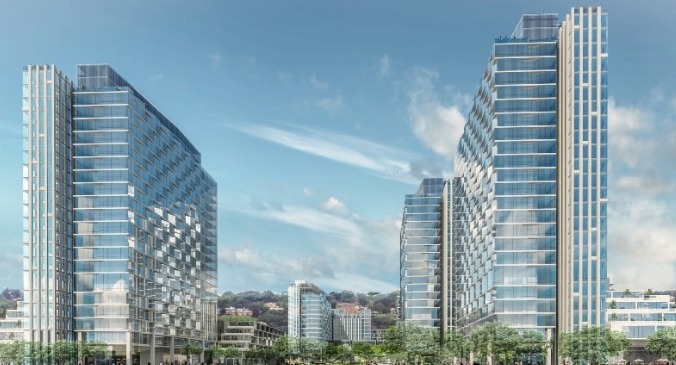When I moved from the San Francisco Bay Area to a suburb of Dallas, Texas, I was concerned about what the weather would be like. I knew it would be extremely hot, but having grown up in California’s Central Valley (which is a dessert steppe) I knew heat would not be my issue. I was afraid of what winter would be like, particularly since I commute in a Prius. “Does it snow here?” I would hesitantly ask Texans. “Oh no! We NEVER get snow”, people would repeatedly say, “And if it DOES snow, it is only a flurry and doesn’t stick.”
Welp, after six consecutive winters, which have snowed us in for three to four days consecutively each year, I feel safe to say, “Texans, y’all are LIARS!”
Presently, as I draft this article, it is eleven degrees out, with wind chill bringing the Real Feel temperature to 7 degrees. This is why I hate the term “global warming.” It is difficult to have a conversation about the dangers of temperatures increasing 1.5 degrees when it is feasible to get frostbite on your face. I prefer the more commonly used phrase of “climate change” which I think more accurately describes what is happening.
There are the risks to our communities resulting from climate change. Temperatures rising 1.5 degrees will not make our construction crumble, but a study concluded that 74% of extreme weather events, representing billions of dollars in damages, were made more likely or severe because of climate change. How does this affect us beyond flood and fire? The answer is insurance risk.
Our industry has two known risks with insurance:
- Rising premiums. Since 2018, insurance premiums have increased by approximately 60% with additional projected increases on the horizon due to major weather events.
- Lack of insurability. In certain markets, such as parts of California and Florida, there are carriers that have left those markets, or created exclusions in policies in those markets for the extreme weather events that occur there.
This is where the importance of sustainability is highlighted since it leads us to harden our assets. Simply put, hardening our assets is making investments in our properties to prepare them for extreme weather events.
Recent discussions around sustainability and risk mitigation focusing on property insurance for commercial and multifamily real estate seem to suggest that we will not be able to reduce our insurance premium costs by hardening our assets. However, without derisking our communities, we might not be able to obtain a policy at all.
It is often best to approach asset hardening at the portfolio level (not the asset level); typically, the insurance carriers use RMS (Risk Management Solutions) and AIR WorldWide to analyze risk.
We might not be able to control what people in Texas tell us about the weather, but we can affect our risk (both the physical risk, and risk of being uninsured) for our properties.


